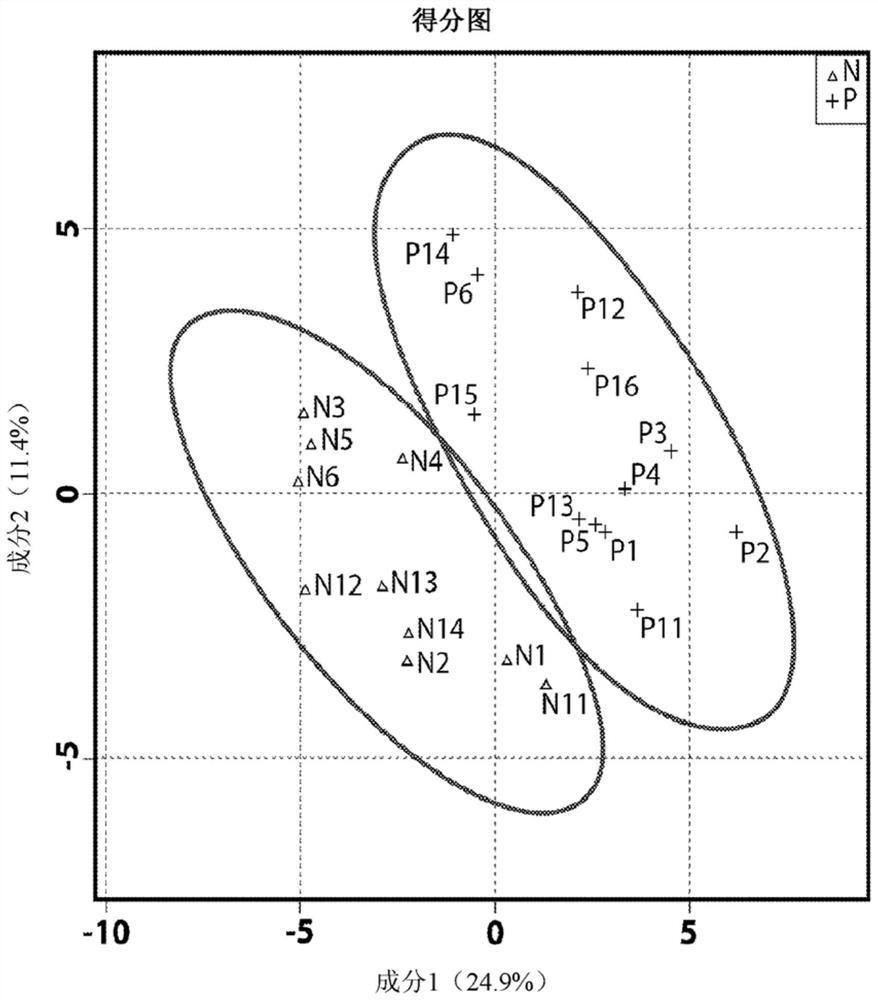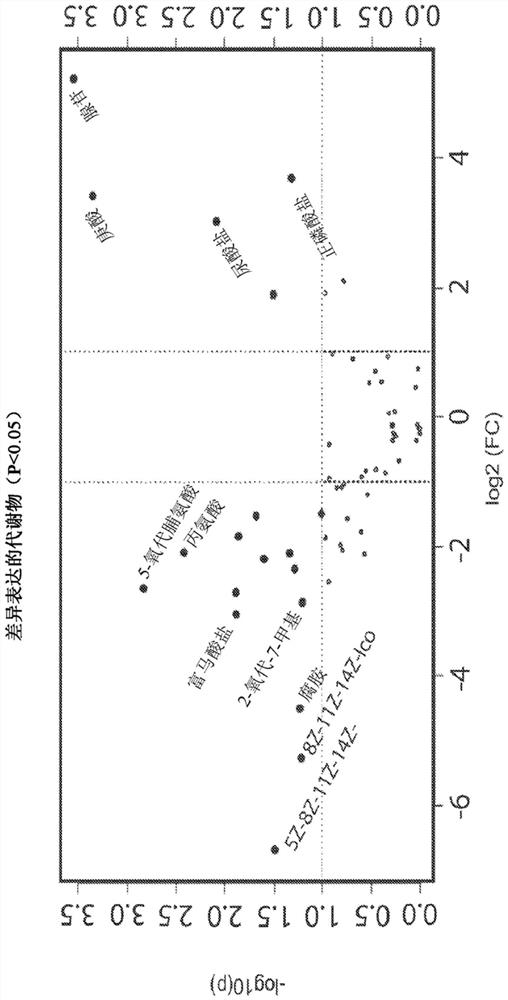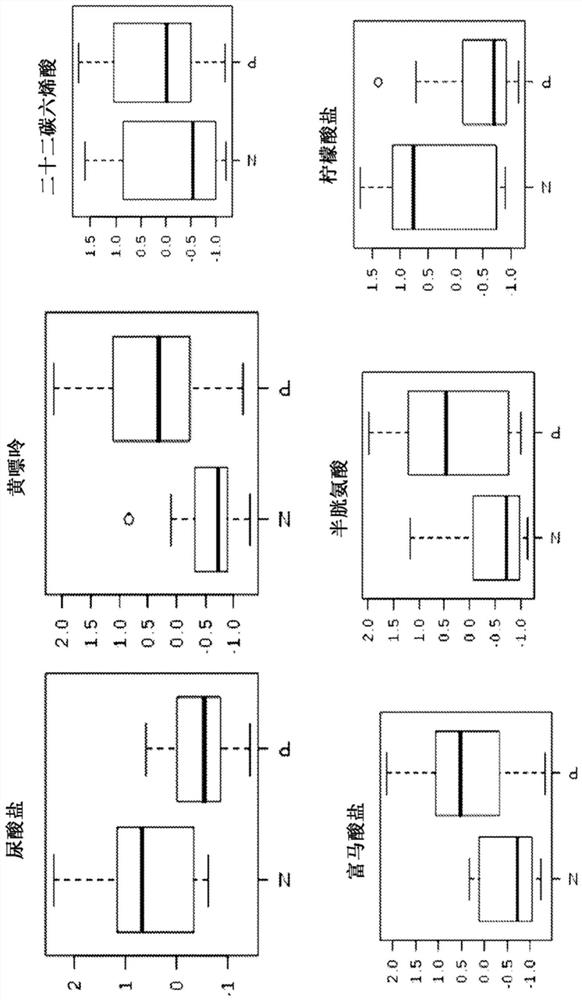Uterine endometrial fluid for prediction of success in fertility treatment
A technology of endometrium and markers, applied in the field of fertility treatment, can solve the problem of not being able to test whether a woman's uterus will accept
- Summary
- Abstract
- Description
- Claims
- Application Information
AI Technical Summary
Problems solved by technology
Method used
Image
Examples
example 1
[0065] Example 1: Maternal endometrial secretions 24 hours prior to frozen embryo transfer predict implantation outcome
[0066] Purpose: Implantation success depends on a complex dialogue between a competent embryo and a receptive endometrium. On the maternal side, adherence-specific biological changes are required for blastocyst attachment, and tight regulation of signaling pathways is critical for invasive embryos. The aim of this study was to examine the uterine humoral environment associated with implantation outcome 24 hours before and at the time of embryo transfer of euploid embryos.
[0067] Materials and methods: Infertile patients (n = 48) were recruited with ethics board (IRB) consent before estradiol / progesterone replacement frozen embryo transfer (FET) with euploid blastocysts. Uterine secretions were collected by gentle aspiration (approximately 2-5 microliters) 24 hours before or at the time of FET. Briefly, using a mock transfer protocol typically performed ...
example 2
[0080] Example 2: Minimally Invasive Uterine Aspiration 24 Hours Prior to Embryo Transfer Characterizes the Impaired RIF Uterine Microenvironment and Predicts Reproductive Outcome
[0081] Purpose: Repeat implantation failure (RIF) is particularly challenging to treat, resulting in limited success, even when the endometrium has been adequately prepared and high-grade euploid blastocysts are used for transfer. The aim of this study was to use a multidisciplinary approach to decipher the intricacies of RIF by studying maternal molecular components prior to embryo transfer.
[0082] Materials and methods: Patients were recruited with IRB consent 24 hours prior to programmed frozen embryo transfer (FET) with euploid blastocysts. Uterine secretions were collected by gentle suction (approximately 2-5 microliters) under ultrasound guidance and grouped according to reproductive outcome: euploid FET failure (patients with RIF, ≥3 prior IVF failures) and positive live birth FET (patien...
PUM
 Login to View More
Login to View More Abstract
Description
Claims
Application Information
 Login to View More
Login to View More - R&D
- Intellectual Property
- Life Sciences
- Materials
- Tech Scout
- Unparalleled Data Quality
- Higher Quality Content
- 60% Fewer Hallucinations
Browse by: Latest US Patents, China's latest patents, Technical Efficacy Thesaurus, Application Domain, Technology Topic, Popular Technical Reports.
© 2025 PatSnap. All rights reserved.Legal|Privacy policy|Modern Slavery Act Transparency Statement|Sitemap|About US| Contact US: help@patsnap.com



